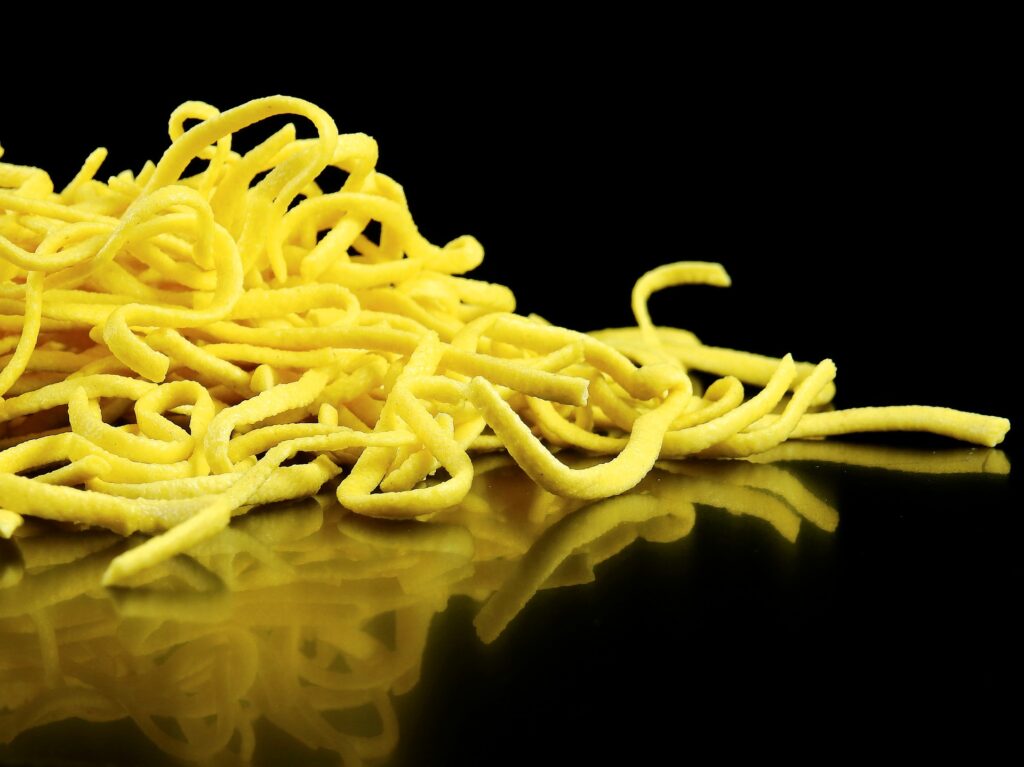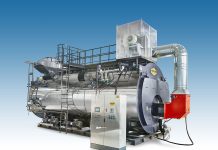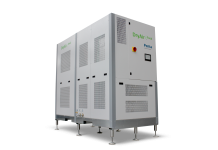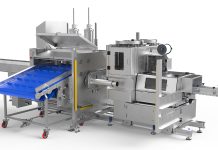 Development of an ultrasonic system for on-line quality control of noodle dough.
Development of an ultrasonic system for on-line quality control of noodle dough.
The dynamic evaluation of food characteristics during production is essential for improving the texture of the final product, allowing quick changes in formulation or processing conditions. A recent study conducted by a group of Canadian researchers (Kerhervé et al., 2019), developed a non-destructive system based on the use of ultrasounds, for the on-line quality control of noodle dough, without compromising the safety of the final product. In particular, this system is used to measure the mechanical properties of the dough without touching or deforming it.
These measurements were related to the texture of the final product, thereby providing information during processing that is relevant to product quality. The technique was first assessed in laboratory experiments and then validated during production runs on a pilot noodle sheeting plant. The results indicate that the developed tool allows to reliably determine the differences in mechanical properties of noodle doughs resulting from changes in formulation or processing conditions.
Furthermore, flaws arising from thickness fluctuations in noodle sheets can be detected as well. In conclusion, the authors argue that the results so far obtained are very promising and show the feasibility of using non-contact ultrasound technology for non-destructive hygienic quality control of food quality.
Recent developments in the use of cell-based biosensors for the control of food quality and safety
Food quality and safety has become a subject of major concern for the food industry. Consequently, it is important to have technologies that can analyse the composition of the products, detecting the presence of any chemical or biological contaminants, quickly and reliably.
In this respect, a recent study carried out by a group of Chinese researchers (Ye et al., 2019) presents the main progress achieved to date in the use of biosensors in food safety and quality control. In particular, this study analysed the systems that use living cells as element of identification, and a chemical-physical transducer (cell-based biosensors, CBBs). The authors point out that these systems offer interesting possibilities for the screening of food composition as well as for the detection of toxins, food-borne pathogens, allergens, and residues of pesticides etc.
Moreover, this method ensures rapid response times, low costs, and reliability. The integration of CBBs with nanomaterials and genetic recombination technologies can further improve the analytical performance, as for example the sensitivity of the instrument. In conclusion, however, further efforts are needed to speed up the dissemination and marketing of CBBs, today mainly limited by poor storage stability (influenced by the type of biosensor and/or living cells).
References
S.O. Kerhervé et al., Food Control, 104, 2019, 349-357
- Ye et al., Biosensors and Bioelectronics, 126, 2019, 389-404



